The Calder Stones: mysterious megaliths
Next in series of articles exploring Calderstones' rich history, Heritage Coordinator Holly Gilson tells the story of the neolithic Calder Stones.
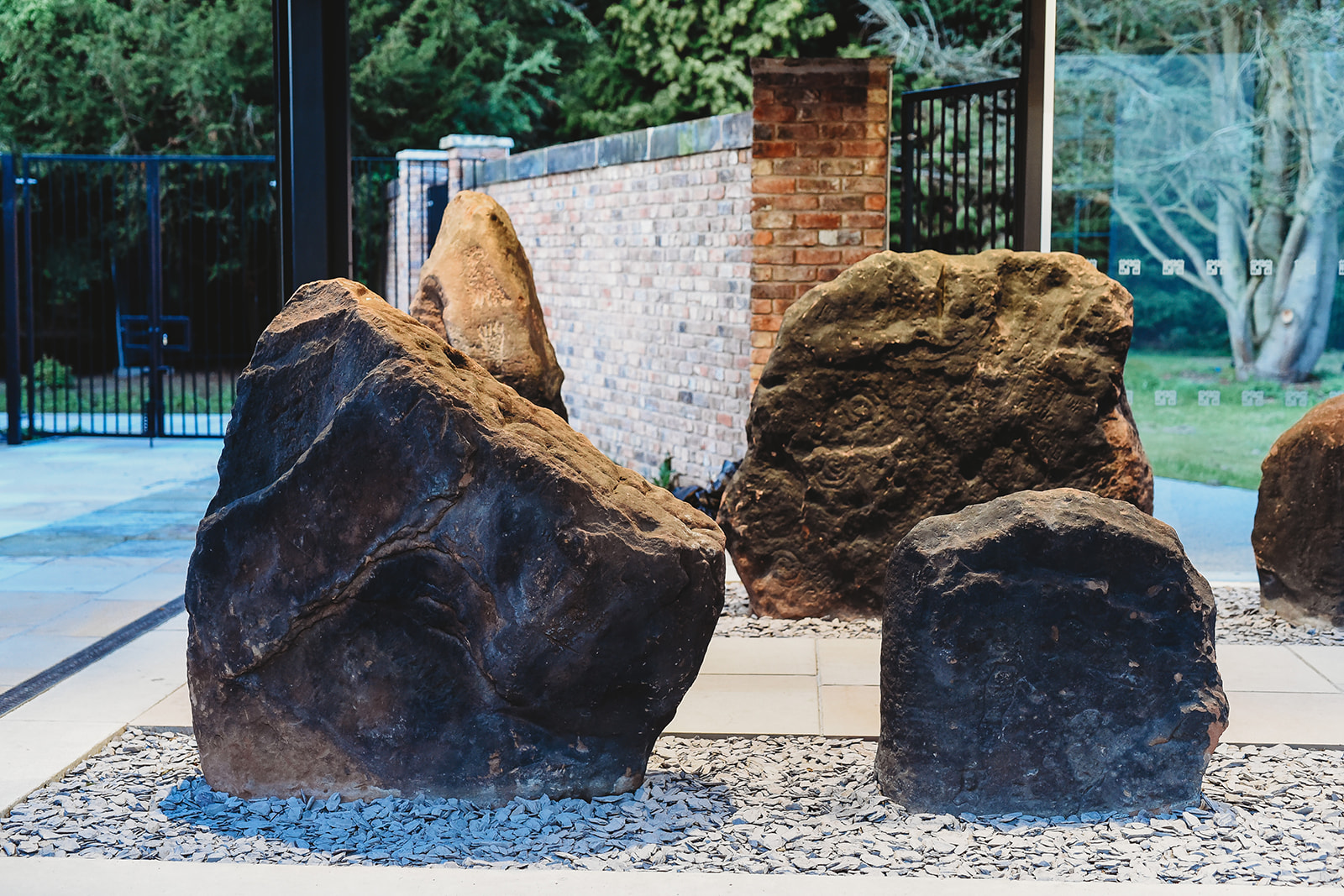
Image with thanks to Fern and Star Photography
We are very excited to be opening select parts of the Mansion House at Calderstones this weekend. It is now possible to visit the shop and the Calderstones courtyard, the home of our 4800-year-old standing stones. The Heritage Volunteers and I can’t wait to start sharing the history of these mysterious megaliths and their curious carvings with you again. To celebrate we have focused this week’s blog on what we know, and what we wish we knew, about the history of the stones:
The Calderstones were first erected in the New Stone Age, or Neolithic period, and it is believed they most likely originally formed part of a burial mound. Everything that we know about this ancient past when the burial mound was built is based on the objects, cave paintings and carvings that the people left behind. Many of the objects used by Neolithic people would have been made of materials like wood, bark, plant fibers and animal hide, which have rotted away long ago. All we are left with are the stone objects and structures that they used and built. This means that there is so much we don’t know about what life in the Neolithic was like, and what the Calderstones were for.
If only we could travel back in time and see for ourselves! I recently asked the Heritage Volunteers what they would most want to find out if they were able to do just that…
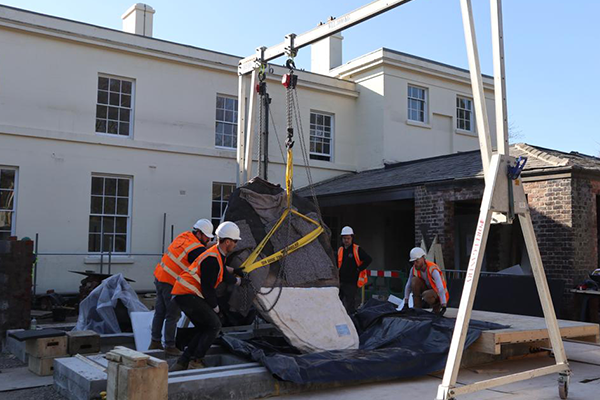
The stones were returned to Calderstones park in 2019 following specialist conservation work in London
Rachael said “I'd love to know what their idle chat was like - what did they gossip about? Would we be curiously alike all these millennia apart or would we have different preoccupations?”
This would be fascinating, because Neolithic people did not have writing, and guessing what preoccupied their minds and conversations is almost impossible. However, the archaeology does give us some clues. Remains of Neolithic villages tell us that it was a time when people stopped living as nomadic hunter-gatherers, and began to live in one location, developing small farms and settlements. The tasks involved in running a farm, such as coordinating the harvest and domesticating animals were probably a necessary topic of conversation to make sure there was enough food to go round. However, it is fun to imagine what they might have talked about when they weren’t working…
Looking at the remains of Neolithic villages, like Skara Brae in the Orkney Islands, it is easy to imagine a tight knit community residing in the collection of compact dwellings. Would people have gathered round the fire together in the evenings to gossip and tell stories? Carved monuments like the Calderstones, show that perhaps people also talked about things like religion, philosophy, art and culture.
However, they also might not have done, and Steven said that if they could time travel they would want to know “Whether or not [the stones] were truly part of the entrance to a burial mound with very meaningful inscriptions and carvings - or (less romantically) were they simply boundary markers with a fair bit of Neolithic graffiti?”
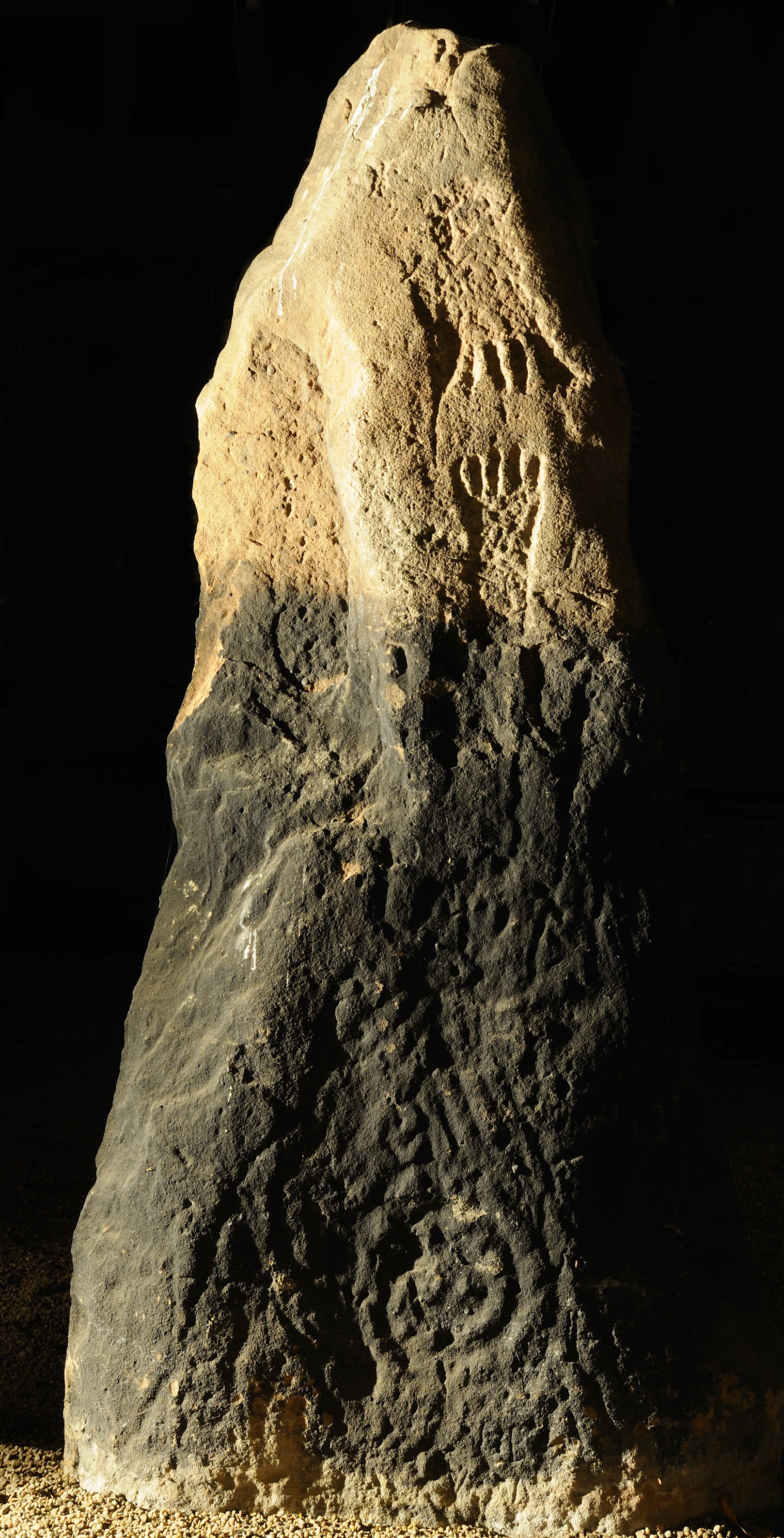
This series of photos was done using special lighting techniques to make the ancient markings visible on the Calder Stones - discover more in the Calderstones Archive.
Regardless, the markings on the stones are fascinating, and if Howard could speak to someone from the Neolithic, they would want to find out “what tools were used to make the carved symbols in the stones and what do they mean?” The Calder stones have a range of markings on them, including circular depressions called ‘cups’, ‘rings’ of concentric circles, and even some in the shape of a foot. Similar markings have been found on stones in other Neolithic sites, suggesting that they had a widely known, possibly religious meaning.
All these unanswered questions make the Calder Stones even more interesting, and a visit to see them is sure to inspire your imagination. Come and see them, and decide for yourself, what do you think the life in the Neolithic was like?
Share
Related Articles
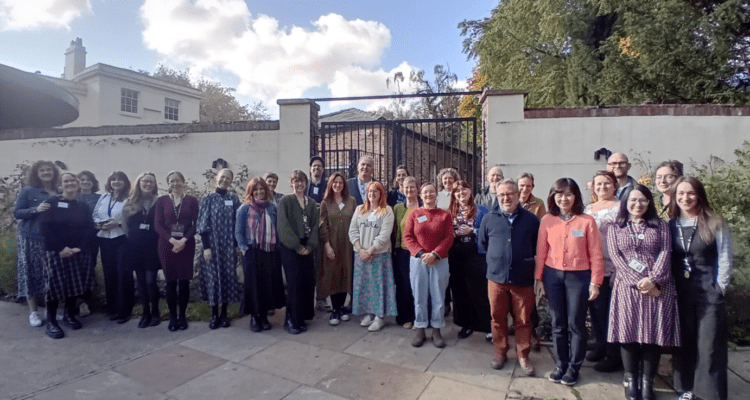
Celebrating the first ever International Shared Reading Conference
‘It has been a wonderful day - great meeting you all! Loved the Shared reading and getting new knowledge. Inspiring…
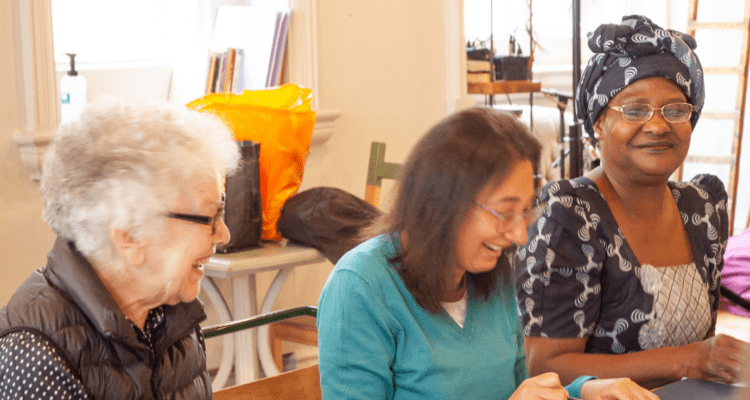
Launching a new weekly Black Joy Shared Reading group in Liverpool this month
We're celebrating joy in black British literature and launching Shared Reading: Black Joy in Liverpool from Monday 14 October. This…
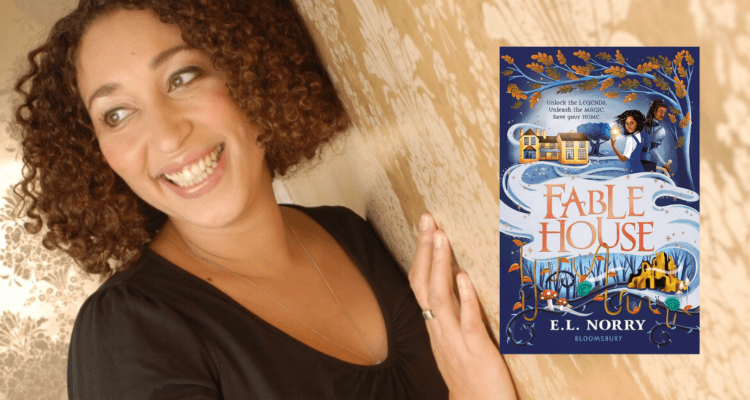
Meet award-nominated children’s author E. L. Norry at The Reader
Come and listen to a reading of extracts from Fablehouse, her 2024 longlisted historical fantasy novel for 8-13-year-olds at The…


